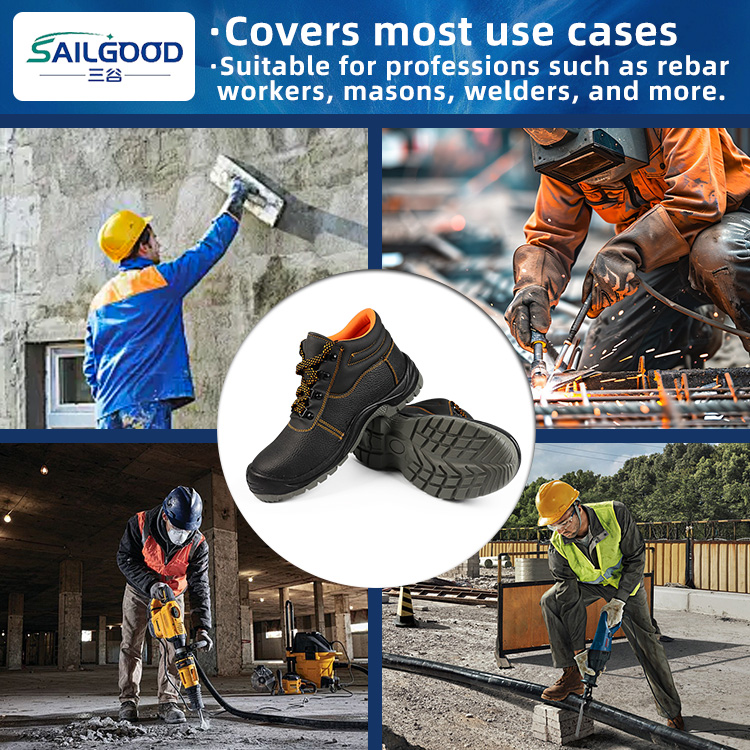Heat-Resistant Gloves Materials and Types
Upload Time:
Sep 25, 2025
Heat-resistant gloves come in various materials and types, each designed for specific high-temperature tasks. Understand the differences to ensure optimal hand protection.
Heat-resistant gloves are essential for protecting hands from burns, cuts, and heat exposure in industrial, kitchen, welding, and laboratory environments. Choosing the right glove depends on its material and type, as different gloves offer varying levels of thermal protection and dexterity.
Materials of Heat-Resistant Gloves
-
Kevlar: Durable and flame-resistant, Kevlar gloves provide excellent cut resistance and moderate heat protection, ideal for welding and metalworking.
-
Leather: Thick leather gloves, often lined with heat-resistant fabrics, are suitable for handling hot objects and provide abrasion resistance.
-
Cotton and Aramid Fabrics: These gloves are lightweight, flexible, and provide basic heat protection, commonly used in kitchens or light industrial tasks.
-
Silicone: Heat-resistant silicone gloves offer excellent grip and protection against high temperatures, especially in cooking and baking applications.
-
Aluminized Gloves: Featuring a reflective metallic layer, these gloves protect against extreme radiant heat in foundries and welding operations.
Types of Heat-Resistant Gloves
-
Welding Gloves: Heavy-duty gloves designed to withstand sparks, molten metal, and high temperatures.
-
Oven and Kitchen Gloves: Lightweight gloves suitable for handling hot cookware, baking trays, and grills.
-
Industrial Gloves: Designed for factories, foundries, and labs, offering varying heat protection levels depending on the material.
-
Cryogenic Gloves: Specialized gloves for extremely low temperatures, protecting against frostbite and cold burns.
Choosing the Right Gloves
When selecting heat-resistant gloves, consider the working temperature, task type, required dexterity, and durability. Proper gloves not only protect your hands but also improve efficiency and safety in high-temperature environments.
Conclusion:
Understanding the materials and types of heat-resistant gloves helps workers choose the best protection for their specific tasks. Always inspect gloves before use and replace them when damaged to maintain optimal safety.
Relevant News








